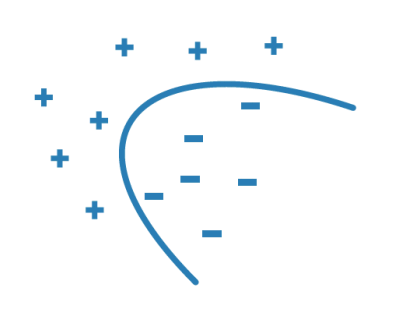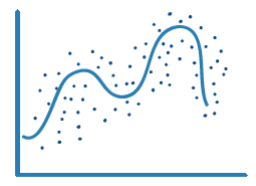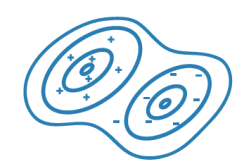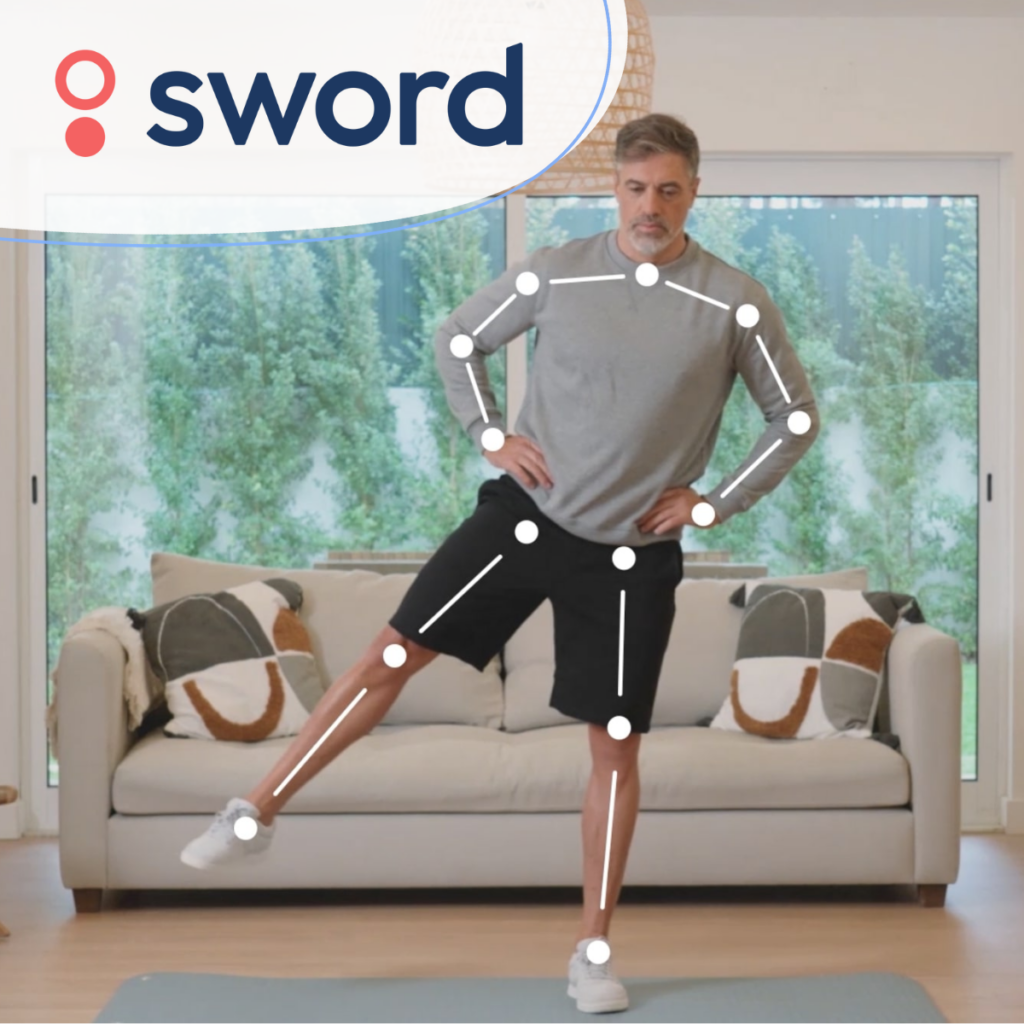I recently read an article about how the company DeepMind developed the AlphaGo, a machine learning algorithm that beat the world champion of the Chinese board game, Go. It was trained by playing against itself! This inspired me to read more on machine learning and I put myself up to the task of coding a simple TicTacToe machine learning algorithm, which I cheekily called AlphaToe. Since I did not have any previous experience in the R programming language I followed a basic tutorial to get started. You can follow the progress of my project here.
Building an algorithm for solving a simple game such as TicTacToe may seem trivial, but it gives insight into the basics of machine learning. Plus, it inspires to do more useful things, such as analyzing clinical data. The potential for Artificial Intelligence (AI). in clinical medicine is becoming more and more apparent. As we live in an information age, an ever-increasing amount of clinical data becomes available. Think about the genome and the microbiome. Evaluating all this information can be a challenging task for a clinician or researcher. However, machine learning enables clinicians to use this data to be more precise in diagnosis and treatment, a field that has become known as ‘precision medicine.’
Machines can be taught to find associations in large or complex datasets in a way that was previously impossible by human analysis. That is, our statistical models are based on a logic that can be simply understood, whereas the logic created by machine learning is often beyond our comprehension. This sounds daunting, but the basics of machine learning are actually not that difficult to grasp. Let’s discuss the two main approaches to machine learning and see how this can be applied in clinical medicine.
1. Machine learning using supervised learning
The most straightforward way to teach a machine to perform a certain task is to train it under human supervision.
Classification: Imagine an algorithm that differentiates between two defined categories. You would feed it data, execute the program and then reward it for each positive match. This process, called reinforcement learning, can eventually train a computer to perform an accurate diagnosis of clinical images. As an example, SkinVision built an algorithm to detect melanoma. They started with a ‘rule-based’ system where every picture was checked for certain characteristics such as symmetry, border and color. They then trained the algorithm by only feeding it images and having the outcome checked by a team of dermatologists. In a similar fashion, Dr. Natarajan Kannathal et al built a deep neural network to classify ECG signals of cardiac patients into normal, abnormal, and life-threatening states. They found the classification to be correct in approximately 99% of test cases. The beauty of reinforcement: each new diagnosis further improves the algorithm.
it data, execute the program and then reward it for each positive match. This process, called reinforcement learning, can eventually train a computer to perform an accurate diagnosis of clinical images. As an example, SkinVision built an algorithm to detect melanoma. They started with a ‘rule-based’ system where every picture was checked for certain characteristics such as symmetry, border and color. They then trained the algorithm by only feeding it images and having the outcome checked by a team of dermatologists. In a similar fashion, Dr. Natarajan Kannathal et al built a deep neural network to classify ECG signals of cardiac patients into normal, abnormal, and life-threatening states. They found the classification to be correct in approximately 99% of test cases. The beauty of reinforcement: each new diagnosis further improves the algorithm.
Regression: In addition to classification, supervised learning can also be used for creating more complex regression  models. Regression models are instrumental in predicting the likelihood of outcomes based on certain characteristics. For example, this recent study used machine learning to identify patients that are most at risk of developing cardiovascular disease from routine clinical data. They found that machine-learning significantly improves the accuracy of cardiovascular risk prediction.
models. Regression models are instrumental in predicting the likelihood of outcomes based on certain characteristics. For example, this recent study used machine learning to identify patients that are most at risk of developing cardiovascular disease from routine clinical data. They found that machine-learning significantly improves the accuracy of cardiovascular risk prediction.
You can imagine that such tools can help clinicians provide preventive treatment or decrease unnecessary treatment in the future.
2. Machine learning using unsupervised learning
Even more impressive is unsupervised learning. This can be used when you are absolutely clueless about the patterns that might exist in your data. Basically, you can let the computer do the work and tell you what interesting patterns exist in your data set, without any hypothesis. Note that the discovered patterns might not always be clinically relevant. Patients whose names start with an `M` might, for example, like their appointments early in the morning.
Clustering: Unsupervised learning can also be used to identify patient clusters. Think, for example, about disease  classifications. We are trained to think about diseases in terms of DSM-5 classifications. However, due to the complexity of diseases, such classifications are often arbitrary. Using a machine to sift through multidimensional patient data, including genetics, can lead to completely different classifications and treatment recommendations.
classifications. We are trained to think about diseases in terms of DSM-5 classifications. However, due to the complexity of diseases, such classifications are often arbitrary. Using a machine to sift through multidimensional patient data, including genetics, can lead to completely different classifications and treatment recommendations.
So how does a machine do all this?
You will probably have heard about the term ‘neural networks.’ Neural networks are inspired by the way the brain works. They follow a strategy of neural darwinism, where neurons that are activated are reinforced and neurons that are unused will become inactive. A neural network will always have an input and an output. Between input and output, however, there can be multiple ‘deep’ layers that process small pieces of the data. Just as in the human brain, the steps taking place between input and output is often a black box. Recall the above example of the algorithm that detects life-threatening patterns in a cardiac ECG signal. It would need to identify exactly what patterns in the signal lead to these dangerous situations. The algorithm does this by tweaking the values of the different nodes in the network. Every time there is a positive match, these nodes are reinforced.

It’s clear that there are many opportunities for machine learning in clinical medicine. Besides having smart algorithms, future opportunities will depend on the availability of good data sets. Having data available in a structured way will greatly improve the power of machine learning. Castor envisions standardizing clinical data so that it can be used for machine learning. If the idea of self-learning machines still frightens you, perhaps TicTacToe is really not a bad place to start. It’s best to jump on the AI. wagon while you still can.



